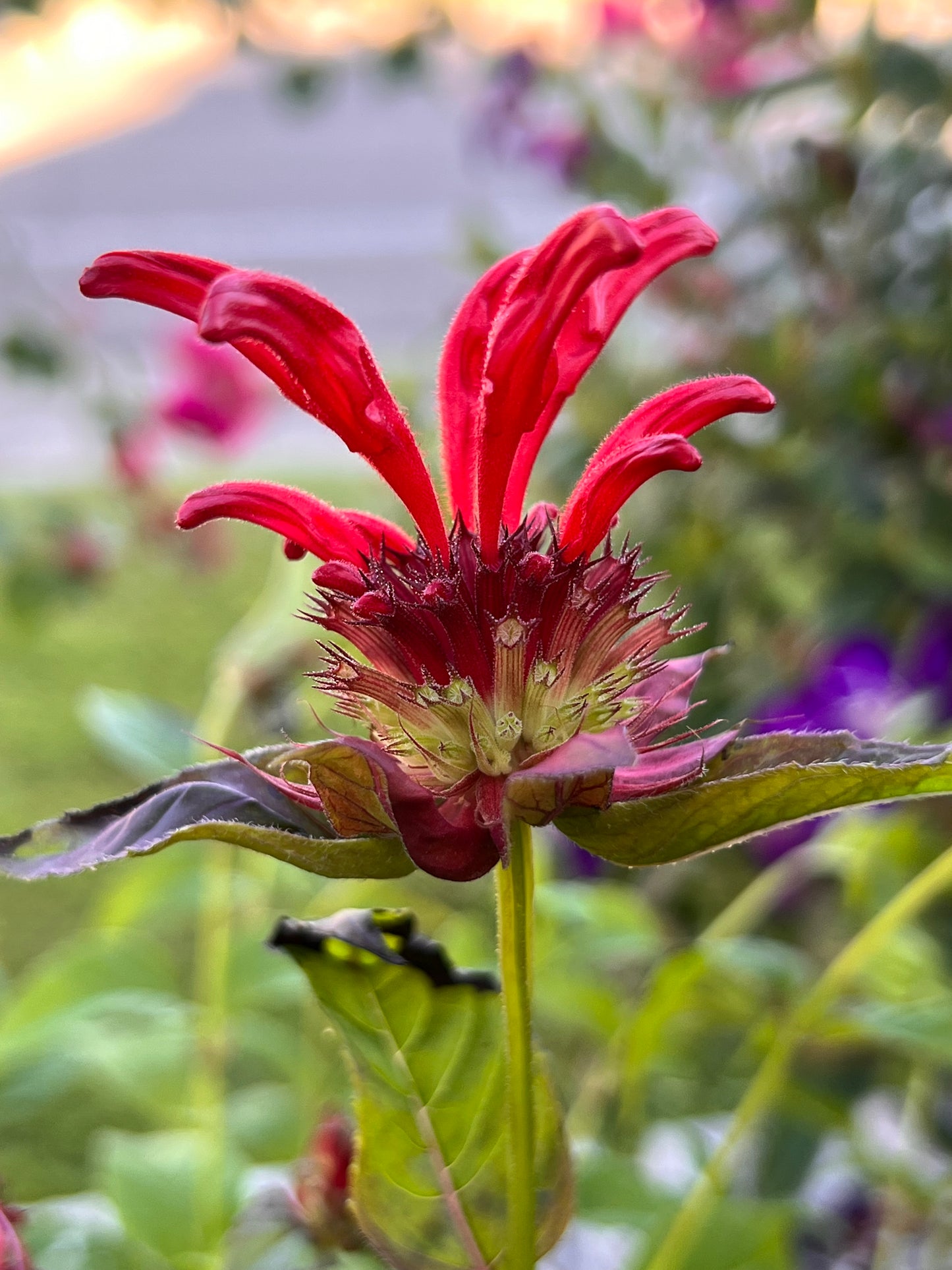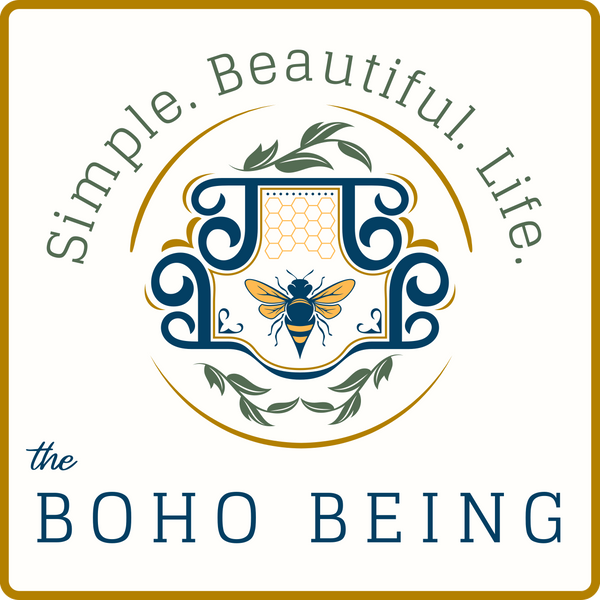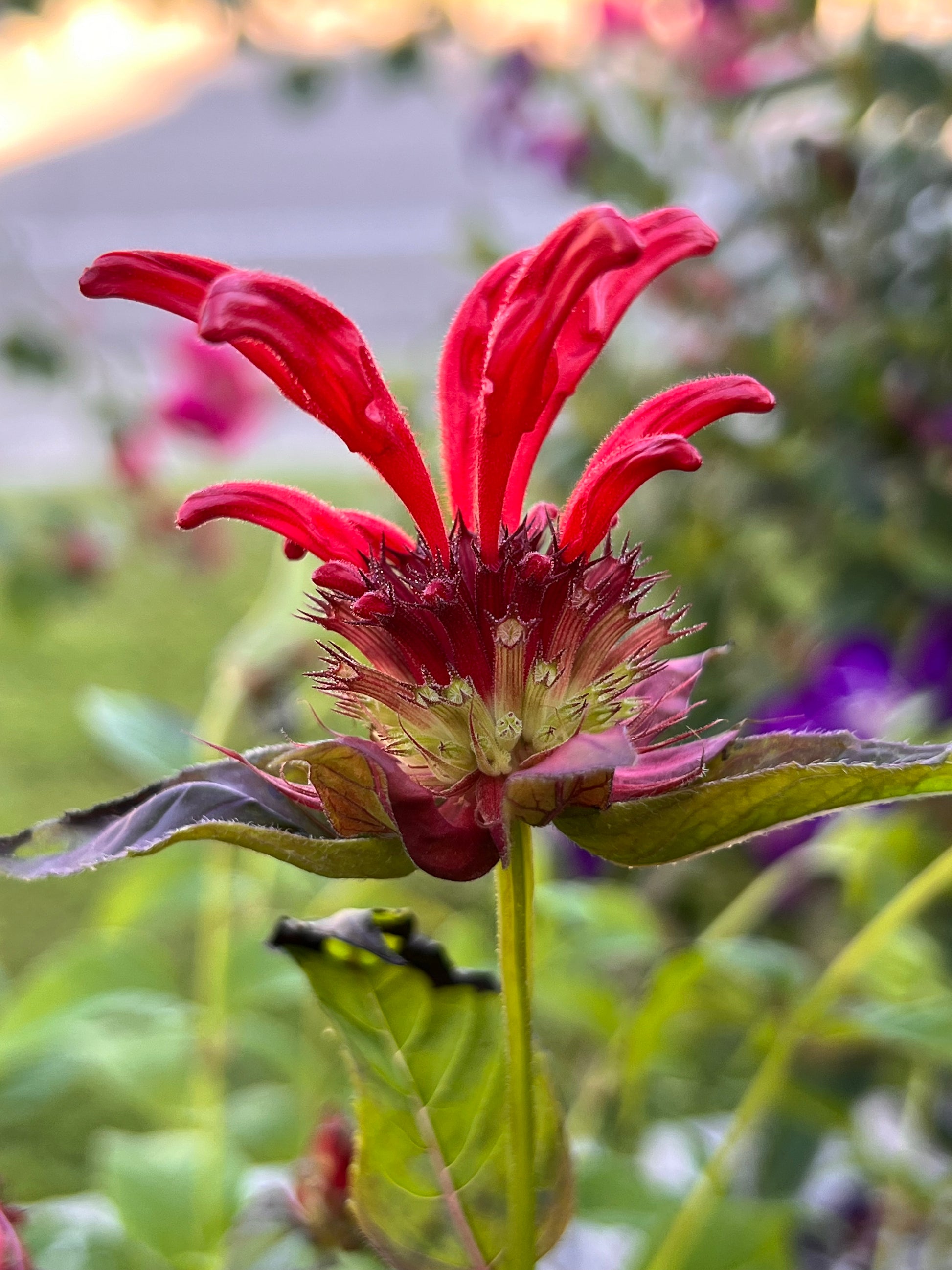Monarda didyma BeeMine™ Red
Monarda didyma BeeMine™ Red
Monarda didyma, commonly known as Bee Balm or Scarlet Beebalm, is a perennial herbaceous plant in the mint family (Lamiaceae). It is well-known for its vibrant red, tubular flowers that attract pollinators, especially bees, butterflies, and hummingbirds. The plant has aromatic, lance-shaped leaves that release a pleasant, minty fragrance when crushed. Bee Balm is often used in gardens for its ornamental value and its ability to attract wildlife.
Native Range
Monarda didyma is native to the eastern United States, particularly in regions such as New York, Georgia, and westward to Minnesota. It thrives in moist, wooded areas, along streams, and in open meadows.
Growing Zones
Bee Balm is hardy in USDA zones 4 through 9.
Height and Width
- Height: 2 to 4 feet (60 to 120 cm)
- Width: 2 to 3 feet (60 to 90 cm)
Planting and Growing Conditions
- Sunlight: Bee Balm prefers full sun to partial shade. In hot climates, some afternoon shade is beneficial to prevent leaf scorch.
- Soil: This plant thrives in well-drained, moist soil rich in organic matter. It tolerates a range of soil types but prefers slightly acidic to neutral pH.
- Watering: Regular watering is essential, especially during dry spells. Bee Balm likes consistently moist soil but does not do well in waterlogged conditions.
- Spacing: Space plants about 18 to 24 inches apart to allow for adequate air circulation, which helps prevent mildew.
Maintenance
- Pruning: Deadhead spent flowers to encourage a longer blooming period and to prevent self-seeding. Cut back the stems after flowering to tidy up the plant and prepare it for winter.
- Fertilization: Apply a balanced fertilizer in spring when new growth appears. Compost or organic mulch can also help retain moisture and provide nutrients.
- Pests/Diseases: Bee Balm is susceptible to powdery mildew, especially in humid conditions. Ensure good air circulation and avoid overhead watering to minimize the risk. Resistant cultivars are available.
Uses
- Ornamental: Bee Balm is a striking addition to flower beds, borders, and pollinator gardens. Its bright flowers and aromatic foliage make it a favorite among gardeners.
- Culinary: The leaves and flowers are edible and can be used to make teas, salads, and as garnishes.
- Medicinal: Traditionally, Bee Balm has been used by Native Americans for its antiseptic and medicinal properties, particularly in treating colds, respiratory issues, and digestive problems.
- Wildlife: Bee Balm is an excellent plant for attracting bees, butterflies, and hummingbirds, making it a valuable plant for wildlife gardens.
By following these guidelines, you can successfully grow Monarda didyma and enjoy its vibrant beauty and beneficial qualities in your garden.
---SHIPPING NOTICE PLEASE READ BEFORE PURCHASING LIVE PLANTS!---
We WILL NOT refund the purchase of or the shipping cost of live plants purchased with the intent to be shipped to states that do not authorize importing live plants or to states with restrictions! Purchases to these states will be held for 30 days for pick-up at our Slidell, Louisiana store and the shipping cost associated with these purchases will be held for the care of the plant while waiting to be picked up. All sales are final. If the plant(s) purchased are not picked up within 30 days from the date of order, these items will be returned to our sales inventory and you WILL NOT be refunded. Thank you for understanding these policies.
Due to regulations, certain states have restrictions on importing plants. Please review the list below to ensure you're not attempting to order any restricted plants in your area.
**Important Note:** We do not ship any plants outside the U.S.
State-Specific Restrictions - We ARE NOT responsible for any plant(s) that are not listed in these restrictions. Purchaser bears all responsibility for making sure the plant(s) they desire to purchase are not banned from being imported to the shipping state:
Arizona: Juglans spp.
California: Castanea spp., Juglans spp., Pinus spp., Quercus spp.
Colorado: Some counties restrict Prunus spp. Please verify your local county regulations.
Florida: Castanea spp., Cornus spp., Quercus spp., Cornus mas
Georgia: Vaccinium spp.
Hawaii: Pinus spp.
Idaho: Humulus lupulus, Mentha spp., Vitis spp.
Indiana: Fragraria spp., Rosa spp.
Kansas: Juglans spp.
Michigan: Abies spp., Vaccinium spp.
Montana: Pinus spp.
Nevada: Allium spp.
Mentha spp.
New Jersey: Rosa spp.
New York: Vitis spp.
Oregon: Allium spp., Castanea spp., Corylus spp., Humulus lupulus, Quercus spp., Sambucus nigra, Ulmus spp., Vaccinium spp., Vitis spp.
Texas: Juglans spp.
Washington: Allium spp., Castanea spp., Corylus spp., Humulus lupulus, Vaccinium spp., Vitis spp.
Wisconsin: Abies spp., Pinus spp., Picea spp., Mentha spp.
Additionally, we cannot ship plants in soil medium to the following states: AK, AL, AR, AZ, CA, HI, ID, KS, MS, MT, ND, NM, NV, OK, OR, SD, TX, UT, WA.
Couldn't load pickup availability


